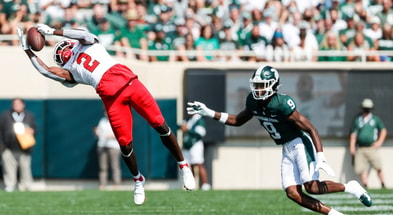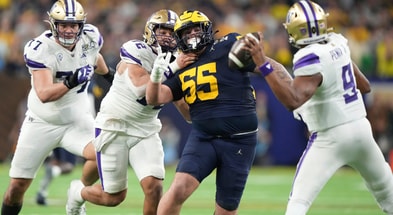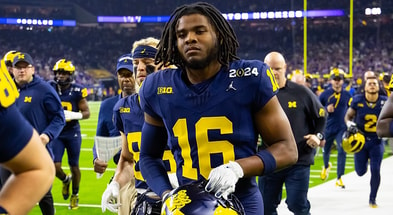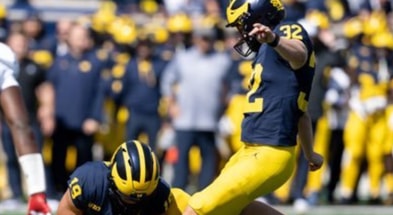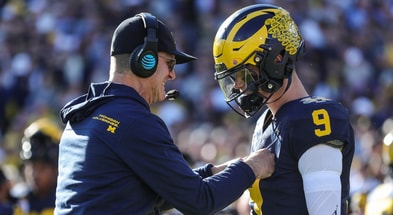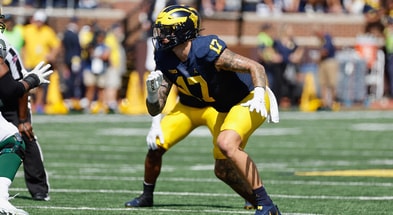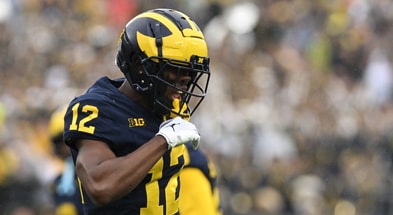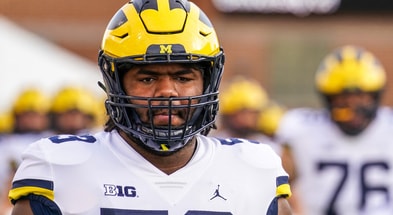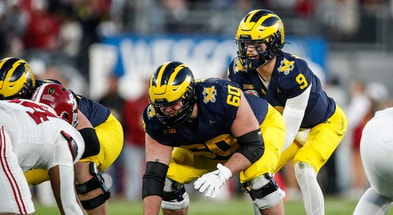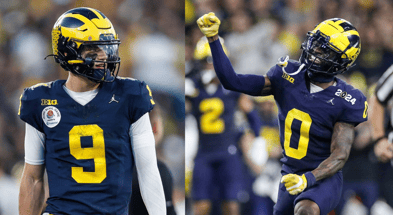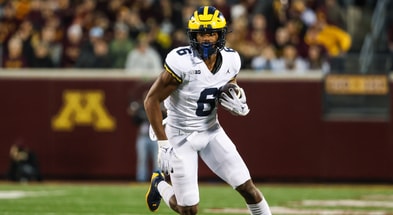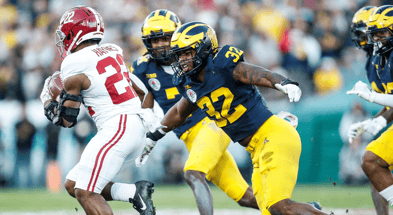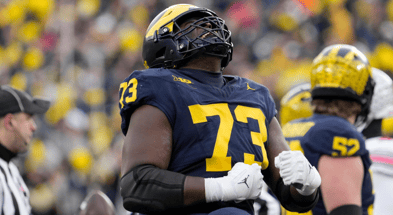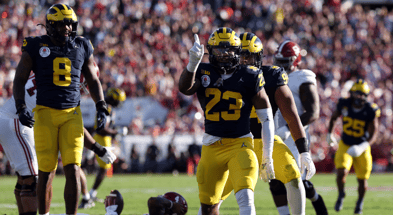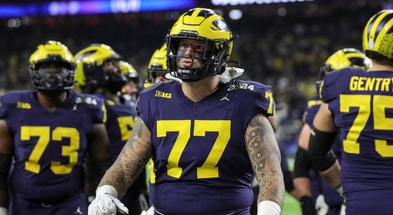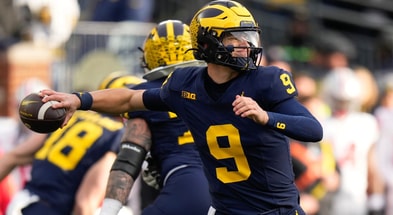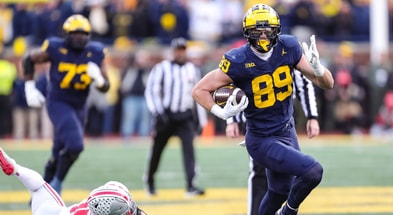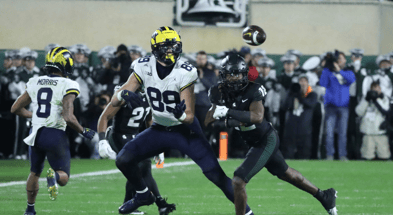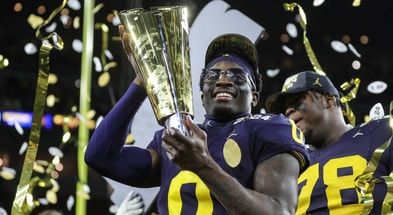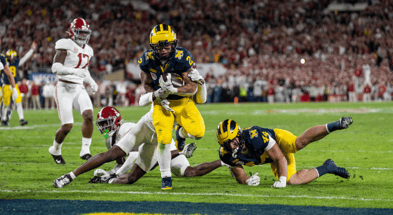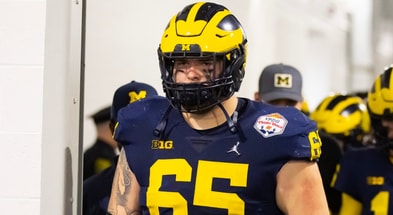How big a concern is the Michigan red zone offense?
The Michigan offense has been more than good enough to win every game it’s played this year, but there are still some tough tests remaining. The Wolverines moved the ball at will against Michigan State but had to kick five field goals in a 29-7 win, a game after they had to settle for four in a 41-17 beating of Penn State.
Co-offensive coordinator Matt Weiss knows it needs to be better against teams like Illinois and Ohio State, the final two regular season games of the year. At the same time, it’s tougher to score down there for a reason, co-defensive coordinator and secondary coach Steve Clinkscale said Wednesday.
RELATED: Matt Weiss on J.J. McCarthy: ‘Ahead of schedule — it’s hard to imagine how good he can be’
RELATED: Tuesday Thoughts: Jim Harbaugh finally knows what we knew about Michigan State; Finebaum calls MSU response ‘garbage’
“The closer they get to the goal line, the less room they have, so you can be a lot more aggressive,” Clinkscale said. “You can tighten up in coverage — you can move closer to the line of scrimmage versus run. Really, in that sense, it gives the defense a slight advantage and the offense a little less.
“We just try to take advantage of those situations. They let us play a little more physical down there.”
Michigan is 12th nationally in total red zone offense at 93.2 percent. The touchdown percentage, however, comes in at No. 58 at 63.64 percent. Some of it is execution, of course. But Weiss understands it’s his job to fix it.
The last few games, head coach Jim Harbaugh noted, they’re losing yardage on first down plays. That simply can’t happen against better teams. Illinois, for example, is first nationally in allowing only 25 percent touchdowns in the red zone, sixth overall in red zone defense. Ohio State is 82nd overall but tied for No. 22 in opponent touchdown percentage.
“It’s harder to run the ball because there’s constricted space,” Weiss said. “All the defenders are closer to the point of attack. It’s also harder to throw the ball because you don’t have the ability to stretch the field vertically. So, it’s harder to move the ball in general, and certainly that takes away a lot of things you can do, both run game and pass game. You need a red zone-specific offense.”
It hasn’t been awful, he continued.
“We’re really just talking about a couple drives,” Weiss insisted. “Really specifically, two drives inside the 10 where we need to score touchdowns in the last game that we didn’t. Credit to Michigan State, too — they did a good job, and they had a good plan. But we need to coach better, it starts with that, and we need to play better …
“We look at each drive as an individual case — look at each player as an individual case. And, yes, it’s a place we need to coach better; we need to play better. But it’s great for us to be in a situation where when we have problems, we’re winning, and being able to get a lot better along the way and fix problems while we’re winning. It’s also great that we don’t have a long laundry list of problems, where you can isolate one or two things like the red zone.”
So, they’ll spend much more time there and do what they can to fix it. They’ll be able to get away with it the next two games, at Rutgers and home against Nebraska, but they’ll have to score touchdowns against the Buckeyes. Ohio State had had its own red zone offensive issues against the better defenses on the schedule, but the Bucks are going to score points, and their offense is explosive.
The red zone offense took a turn for the better last year at this time. Now would be a good time to see that happen again, starting Saturday night in Piscataway.
